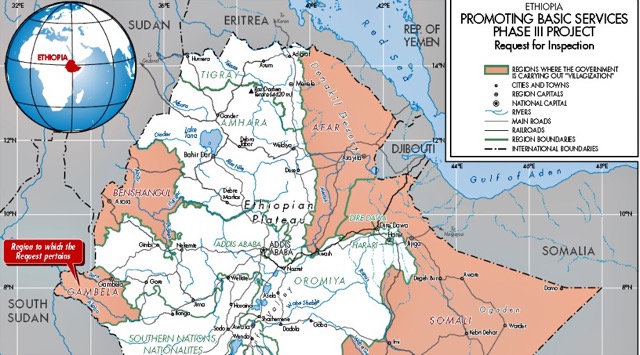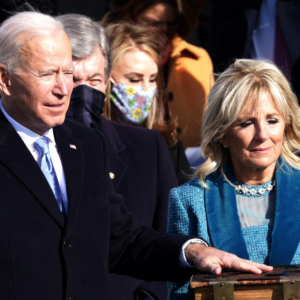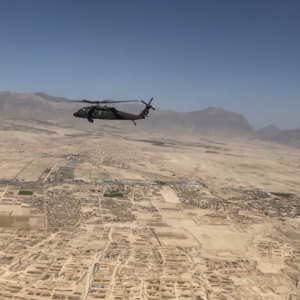
In 2004, 400 members of the indigenous Anuak tribe from the Gambella region in Ethiopia were massacred by the Ethiopian military. The Ethiopian government began a campaign of violence, including rape, torture, and extrajudicial killings, in the hopes of forcing the more than 4 million inhabitants of the Gambella region to relocate “voluntarily”. In pursuit of the goals established by the World Bank in its “Protection of Basic Services” initiative, the Ethiopian government forces have sought to relocate the Anuak, most recently between 2010 and 2013, in order to implement 2 billion dollars of aid reserved for infrastructure development and large-scale agriculture.
“Promoting Basic Protections,” a development program sponsored by the World Bank and foreign governments, endorses a system of “villagization” (otherwise known as “commune development”) in various parts of Ethiopia. The program is a form of collective farming that is ostensibly meant to be voluntary and is intended to promote sovereign liquidity in a country. In theory, the program consolidates communities in order to free up space for industrial-scale agriculture and adequately reimburses them for the value of their lost land.
The Ethiopian government has claimed that Anuak militia has wreaked a decade of violence upon Ethiopians, including a 2006 bus shooting. In short, the Ethiopian government has used oppressive military force to disband a large group of subsistence farmers that had violently resisted consolidation up until the military started a systematic campaign of violence. According to a 2004 World Bank document on involuntary resettlements, the Bank’s costliest investments sometimes result in the involuntary relocation of tens of thousands of people who must receive rehabilitation in the form of new homes or livelihoods.
An internal report obtained by the International Consortium of Investigative Journalists found serious abuses of the World Bank’s procedures for the rehabilitation of persons displaced by the Bank’s developmental activities, which includes a clause stating that the Bank will “explore all viable alternative project designs to avoid, where feasible, or minimize displacement.” At the request of the Anuak and other survivors of villagization and the 2004 massacre in the Gambella region, the ICIJ began documenting their experiences with involuntary resettlement. In particular, the Inspection Panel publishing the report identified an “operational link” between the program of ‘villagization’ and the World Bank’s funding of the Ethiopian government, some $2 billion over ten years, bookending a string of violent acts. The goal of villagization is to ensure the growth of sovereign economies and the buildup of credit, so that the community may stand a chance in international trade and secure better loans that allow for ambitious spending projects needed for the improvement of services to citizens and the country’s balance books.
The World Bank released an action plan on March 4, 2015 addressing concerns expressed by observers, including the Consortium and Human Rights Watch. Yet, as The Huffington Post, which collaborated with the ICIJ on the publication of the World Bank’s report points out, it is not a plan that points out which safeguards from the guidelines on internally displaced persons were ignored or “diluted”. The plan appears to amend existing frameworks for implementation that were the object of criticism from the start, introducing new databases that are meant to track funds better, and allocating more staffers without addressing how the Bank would stop state-ordered killings by its borrower.
The geography that divides communities is evident in satellite photography of the Gambella region as well. In collaboration with Human Rights Watch, the American Association for the Advancement for Science published an analysis finding that the villages were once demarcated by rows of huts and small plots of pasture but are now taken up by large Western-style monocultures. Most striking from the view of a satellite is the entire removal of farming structures from one month to the next, and the ramshackle villages that mushroom in their place to consolidate the subsistence farmers into a smaller area. Human Rights Watch also alleges that the World Bank and sponsoring governments, including the United Kingdom and Norway, concluded that villagization usually achieves the exact opposite of its intended purpose.
The Anuak people have been the victims of genocidal violence and retributive justice for well over ten years. Their fate in the face of a government who sees their ancestral lands as prime areas for more lucrative development has raised a great deal of concern, especially with those who question the commune development program. The World Bank must consider the commitments it makes to partner governments in real terms, separate from the goal of increasing the stature of countries. The Bank must increase the effective agency of individual actors, a country’s citizens, rather than establishing action plans that are removed from the suffering of rural citizens.
Yet, the World Bank is very limited in its scope as a peacekeeping organization, and cannot call upon the resources of large bodies such as the UN before it is too late. It appears that the killings were instigated in large part by the activity of the Bank, and that the Ethiopians felt justified in speeding up the process of involuntary displacement, a term that the Bank had used as an unfortunate necessity, in order to fulfill the terms of the loan. In this case, the very idea of a development bank becomes reprehensible. In the particular manner that the Bank extends aid, it has allowed a politically fragile country to attack its own citizens for returns on investment in its infrastructure. While a complete withdrawal by the Bank is worse than doing nothing insomuch as it would fail to fulfill the obligations of its loan, it must take up requests for systematic monitoring with partner NGOs and consult with the ICIJ, and other lead leakers, instead of condemning them.





